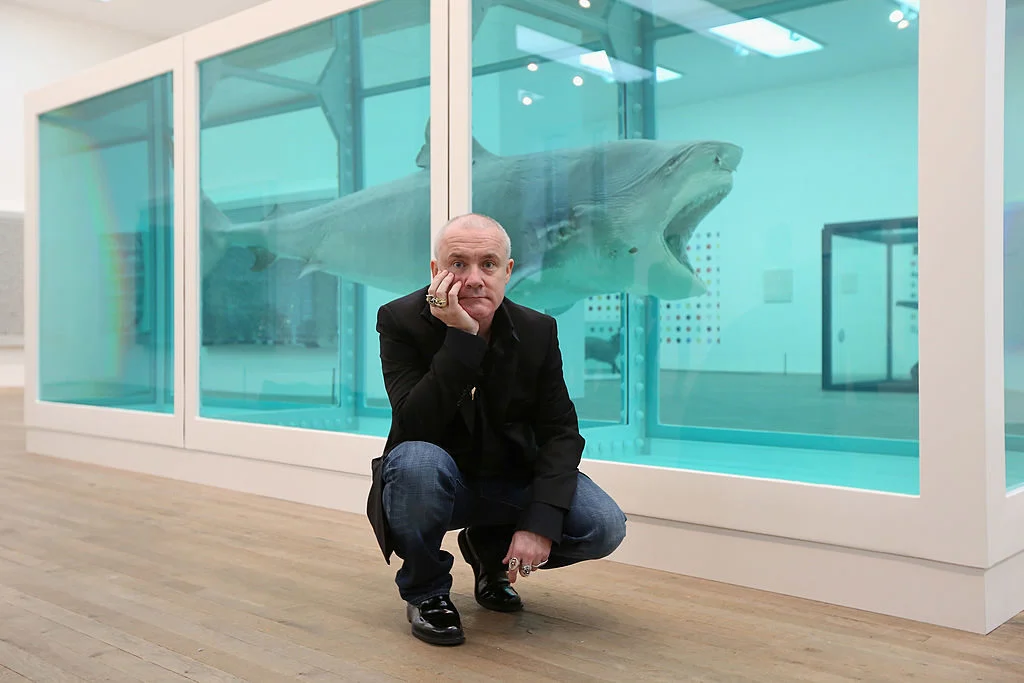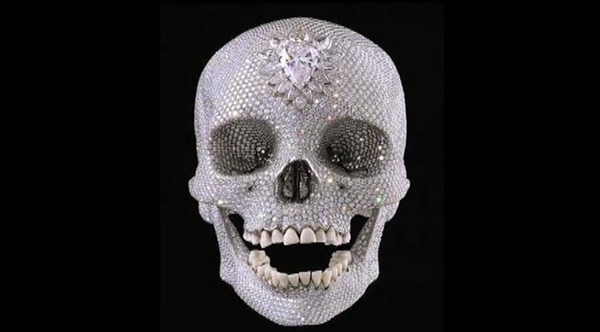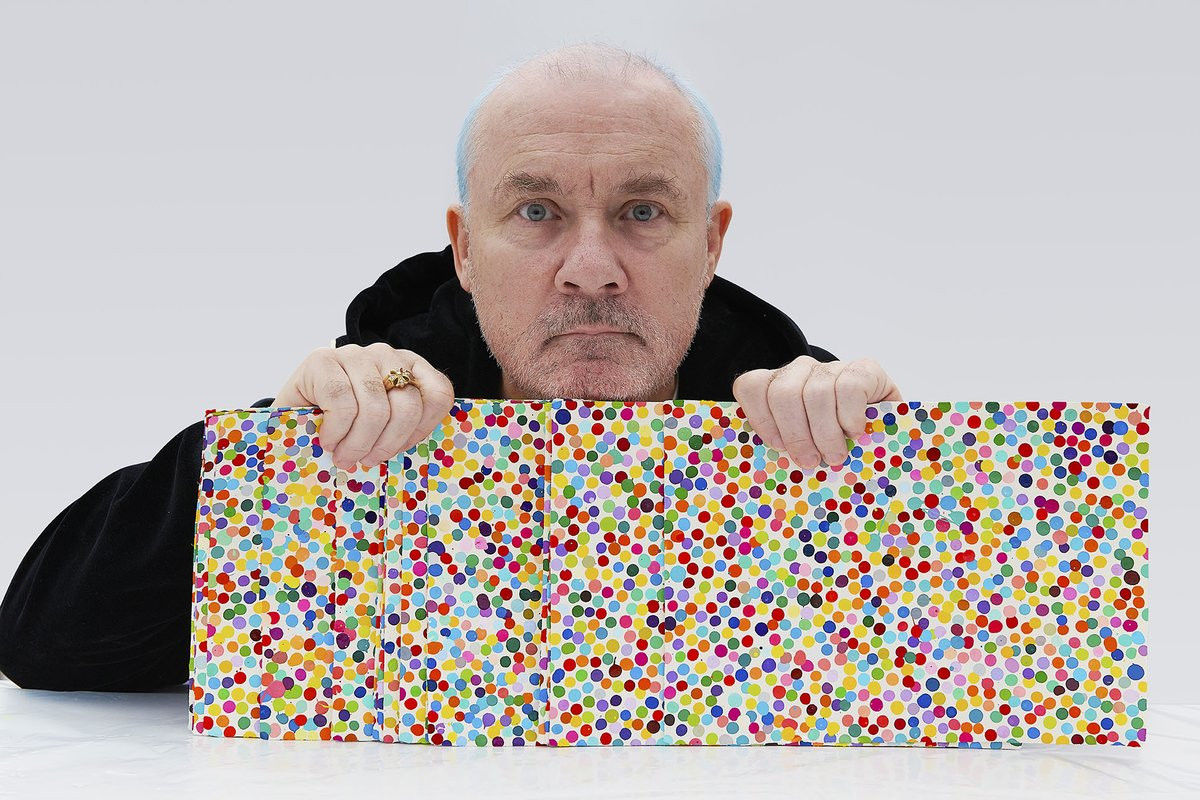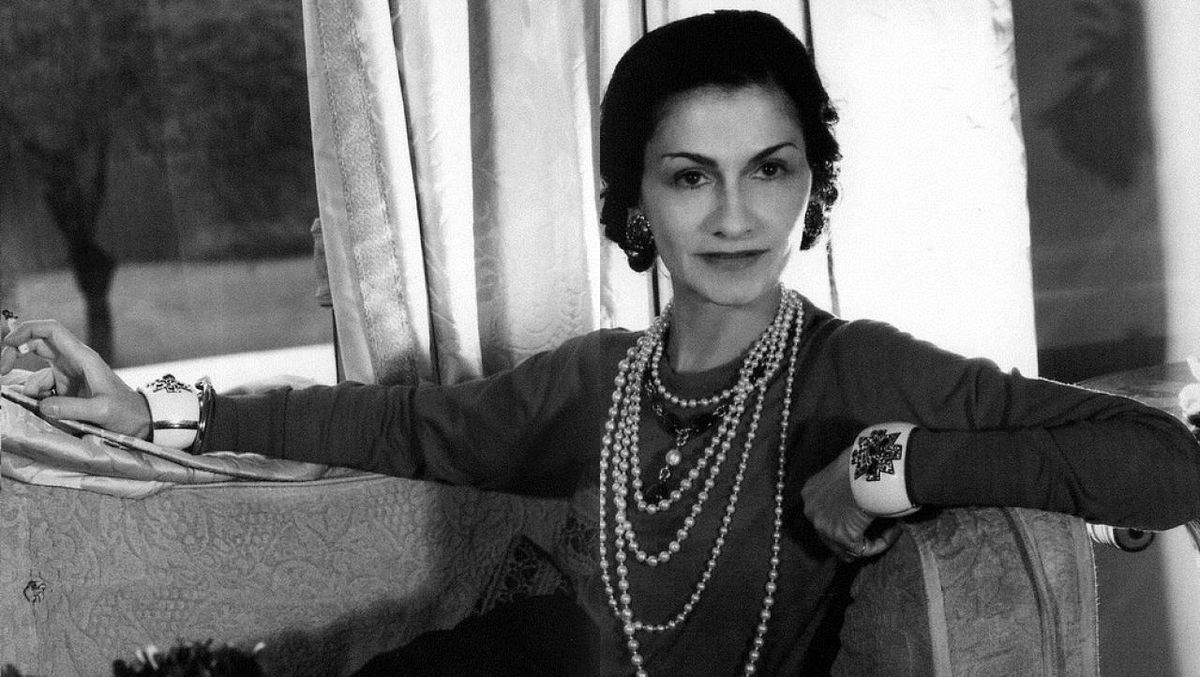Considered one of the most influential and controversial figures in contemporary art, Daniel Hirst was born on June 7, 1965 in Bristol, England. He studied at Goldsmiths in London and organized a major exhibition as a student, “Freeze”, which caught the eye of art collector Charles Saatchi. At the end of the 1980s he became a new member of the Young British Artists (YBAs), a group of artists who revolutionized British art with bold and innovative works. Hirst became known for his paintings, sculptures and installations that explore themes of life and death.
Style

Damien Hirst’s style is associated with the concept of the Young British Artist. His works challenge the traditional conventions of art by exploring profound and provocative themes such as life, death, mortality and the commercialization of art. Hirst uses non-traditional materials such as preserved animals, medicines, diamonds and some organic remains. The artist addresses mortality directly, using elements such as skeletons and skulls to explore the fragility of human existence.
For the Love of God

Created in 2007, it is considered one of his most iconic works. The Human Skull is set with many diamonds, including the “Pink Star” diamond. The use of the human skull, which is a universal symbol of mortality, combined with diamonds (eternity and luxury), creates a contrast between life and death. The work invites viewers to reflect on the inevitability of death and the human attempt to seek forms of immortality.
Damien Hirst’s work challenges and often divides opinion, but the artist continues to defend his art as a way of making the public confront realities that are not comfortable and reflect on human existence.







